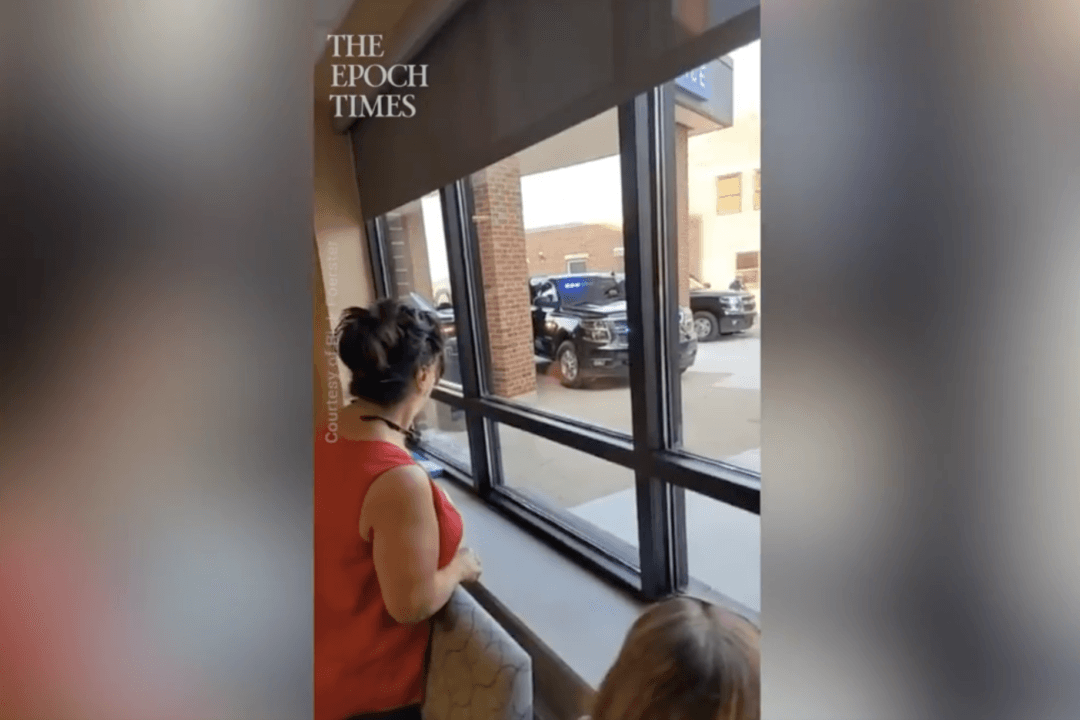Brian McCartney lives and works in Pennsylvania, but his drive between the two takes him through New Jersey. The trip from Mr. McCartney’s home to his automotive repair shop used to be a simple jaunt up Route 611, from one town to another, along the Pennsylvania side of the scenic Delaware River in the Pocono Mountains.
But after a December rockslide caused a Route 611 road closure, McCartney’s daily detour to work has him crossing a bridge into New Jersey, driving a distance to another bridge, paying a toll, and returning to Pennsylvania. It’s the same thing in reverse on the way back home, two bridges, one toll, driving into New Jersey, then back to Pennsylvania.





